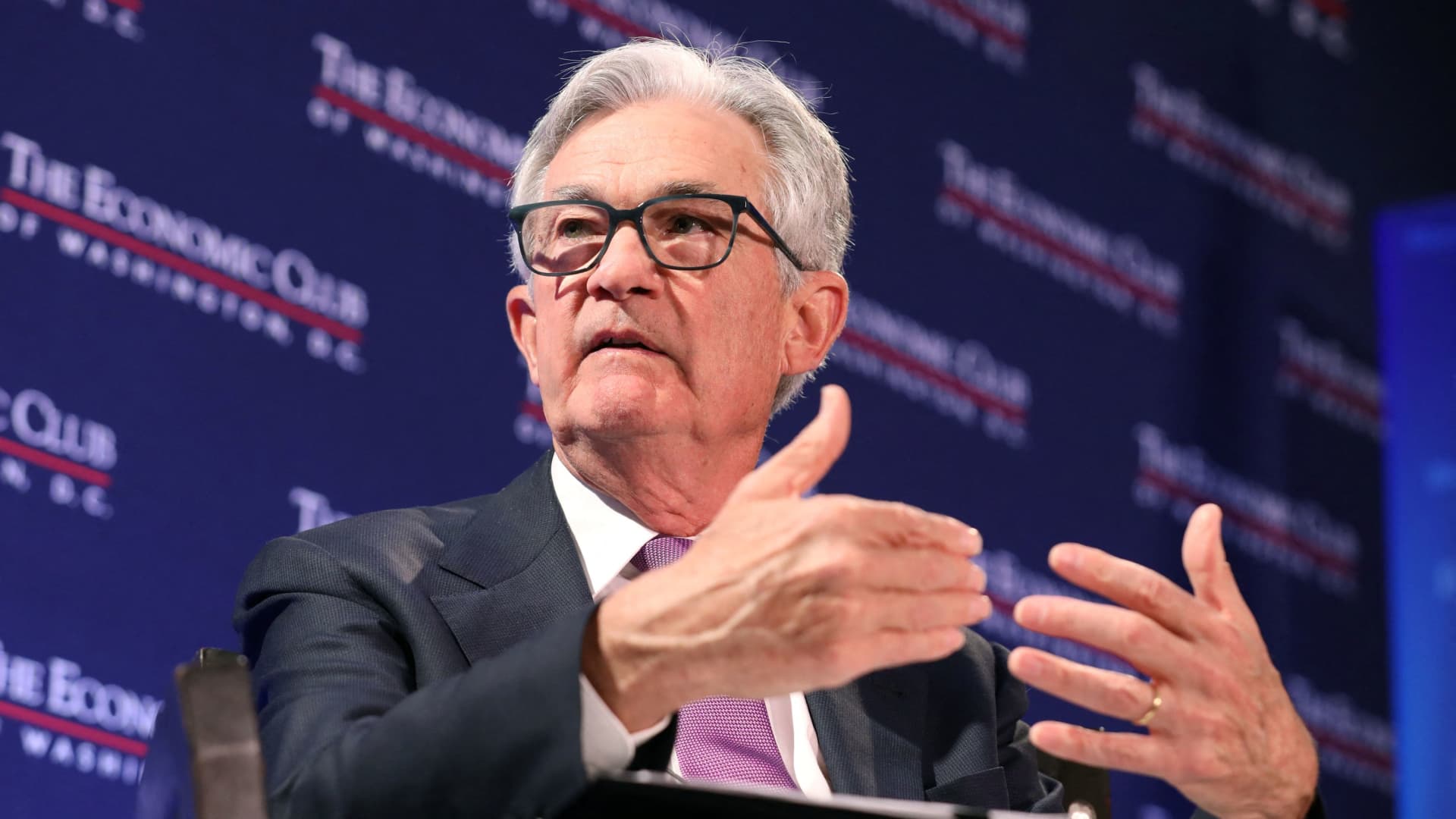Products You May Like
WASHINGTON — Federal Reserve officials at their most recent meeting indicated that there are signs inflation is coming down, but not enough to counter the need for more interest rate increases, meeting minutes released Wednesday showed.
While the Jan. 31-Feb. 1 meeting concluded with a smaller rate hike than most of those implemented since early 2022, officials stressed that their concern over inflation is high.
Inflation “remained well above” the Fed’s 2% target, the minutes stated. That came with labor markets that “remained very tight, contributing to continuing upward pressures on wages and prices.”
Consequently, the Fed approved a 0.25 percentage point rate increase that was the smallest hike since the first of this tightening cycle in March 2022. The move brought the fed funds rate to a target range of 4.5%-4.75%. But the minutes said that the reduced pace came with a high level of concern that inflation was still a threat.
“Participants noted that inflation data received over the past three months showed a welcome reduction in the monthly pace of price increases but stressed that substantially more evidence of progress across a broader range of prices would be required to be confident that inflation was on a sustained downward path,” the minutes said.
The summary repeated that members believe “ongoing” rate hikes will be necessary.
Stocks fell following the release of the minutes while Treasury yields shed most of their losses from earlier in the session.
Though the quarter-point hike received unanimous approval, the minutes noted that not everyone was on board.
A “few” members said they wanted a half-point, or 50 basis point, increase that would show even greater resolve to get inflation down. A basis point is equal to 0.01%.
Since the meeting, regional Presidents James Bullard of St. Louis and Loretta Mester of Cleveland have said they were among the group that wanted the more aggressive move. The minutes, however did not elaborate on how many a “few” were nor which Federal Open Market Committee members wanted the half-point increase.
“The participants favoring a 50-basis point increase noted that a larger increase would more quickly bring the target range close to the levels they believed would achieve a sufficiently restrictive stance, taking into account their views of the risks to achieving price stability in a timely way,” the minutes said.
Though the summary noted the discussion about larger increases, there was “no effort in the minutes to flag the possibility of stepping back up to a 50bp pace of hikes,” wrote Krishna Guha, head of global policy and central bank strategy at Evercore ISI.
Since the meeting, Fed officials have emphasized the need to stay vigilant even while expressing optimism that recent inflation data has been encouraging.
In a CNBC interview Wednesday, Bullard repeated his belief that going higher sooner would be more effective. But even with his push for more aggressive near-term policy, he said he thinks the peak, or terminal, rate should be around 5.375%, about in line with market pricing.
Economic data from January showed inflation running at a lower pace than its summer 2022 peak but still percolating.
The consumer price index rose 0.5% from December and is up 6.4% from the same point last year. The producer price index, which measures input costs at the wholesale level, rose 0.7% on the month and 6% annually. Both readings were above Wall Street expectations.
The labor market also is hot, indicating that Fed hikes, while hitting the housing market and some other rate-sensitive areas, have yet to seep through to much of the economy.
Even with the comments from Mester and Bullard, market pricing still indicates the strong likelihood of another quarter-point increase in March, followed by a couple more to bring the funds rate to a peak of 5.25%-5.5%. If the rate would land around the midpoint of that target, it would be the highest funds rate since 2001.
Markets are concerned that if the Fed moves too quickly or too far, it could tip the economy into a recession.
The minutes noted that “some” members see the risk of recession as “elevated.” Other officials publicly have said they think the Fed can avoid a recession and achieve a “soft landing” for the economy that sees growth slowing considerably but not contracting.
“Participants observed that the uncertainty associated with their outlooks for economic activity, the labor market, and inflation was high,” the minutes said.
Among the risk factors cited were the war in Ukraine, the economic reopening in China and the possibility that the labor market could remain tighter for longer than expected.
